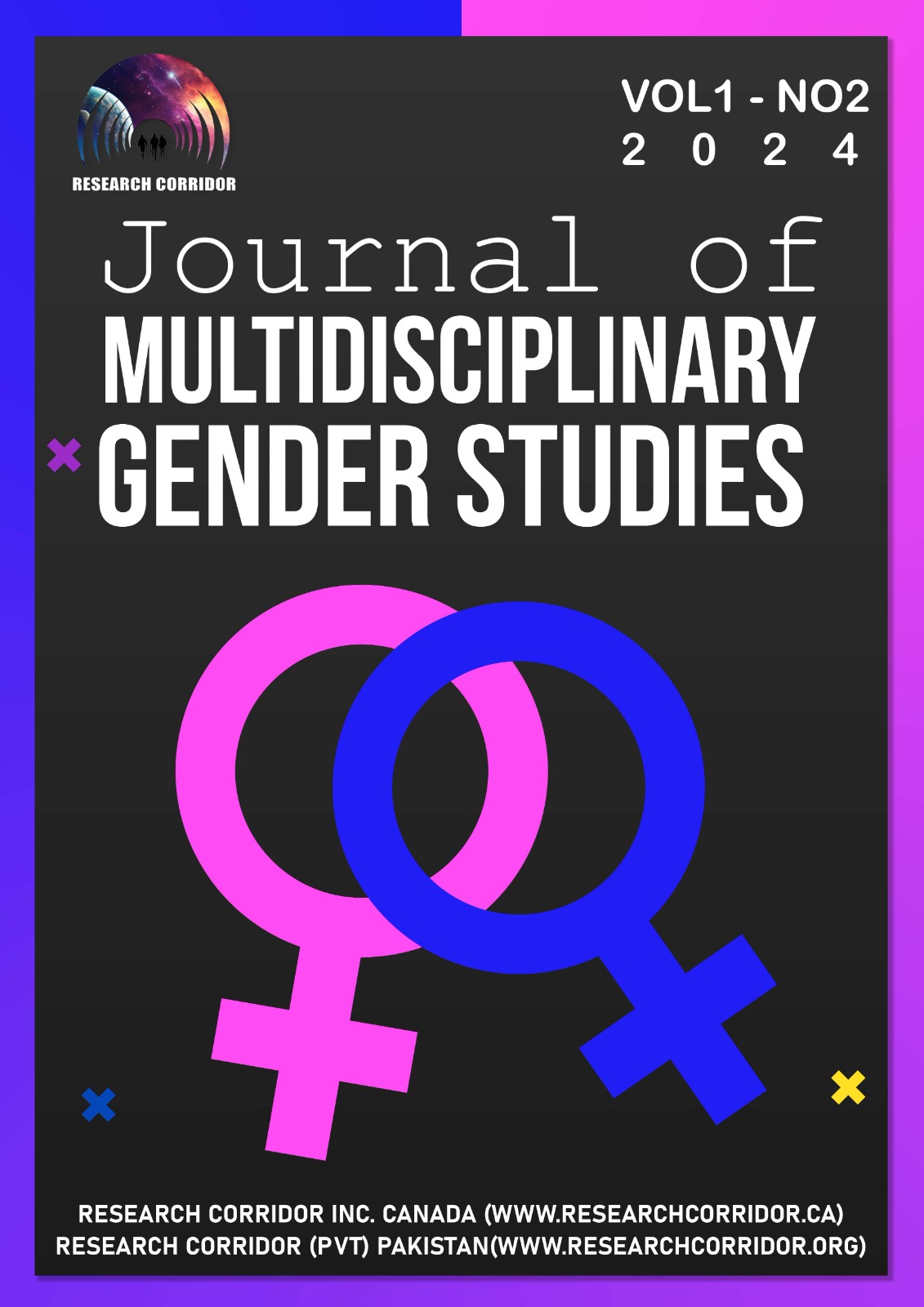Gendered Communication Styles: A Cross-Cultural Analysis of Language and Power
Keywords:
Gendered communication, linguistic power, cross-cultural discourse, sociolinguistics, feminist linguistics, conversational strategies, cultural norms, language and power, discourse analysis, gender and languageAbstract
Gendered communication styles play a crucial role in shaping social dynamics, particularly in cross-cultural contexts where language and power intersect. This study explores how gender influences linguistic choices, conversational strategies, and power dynamics across diverse cultural landscapes. Drawing on sociolinguistic and discourse analysis theories, the research examines variations in communication patterns between men and women, focusing on directness, politeness strategies, speech acts, and interruption patterns. Additionally, the study highlights the role of cultural norms in defining gendered expressions of power, revealing how linguistic hierarchies reinforce or challenge traditional gender roles. A comparative analysis of Western and non-Western societies illustrates how cultural conditioning affects gendered language use, demonstrating both universal trends and culturally specific differences. The findings suggest that while patriarchal structures shape communication in many cultures, women employ strategic linguistic adaptations to navigate power imbalances. Furthermore, the study underscores the impact of globalization and digital communication on evolving gendered discourse patterns, challenging traditional frameworks. By integrating perspectives from feminist linguistics, sociolinguistics, and critical discourse analysis, this research contributes to a deeper understanding of how language both reflects and constructs power relations in gendered communication. The study calls for further research into the role of language policies, media representation, and educational interventions in fostering more equitable communication dynamics.





